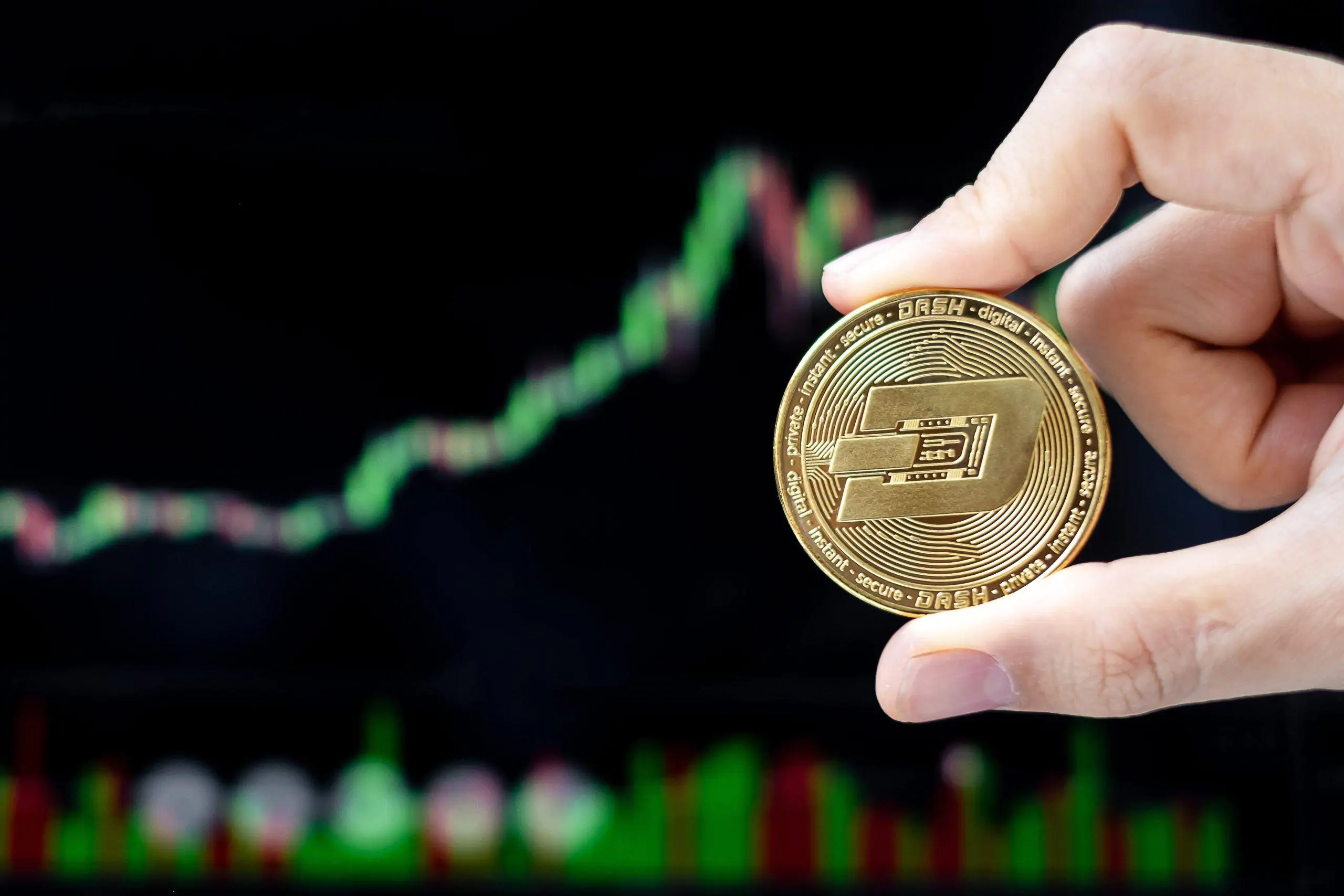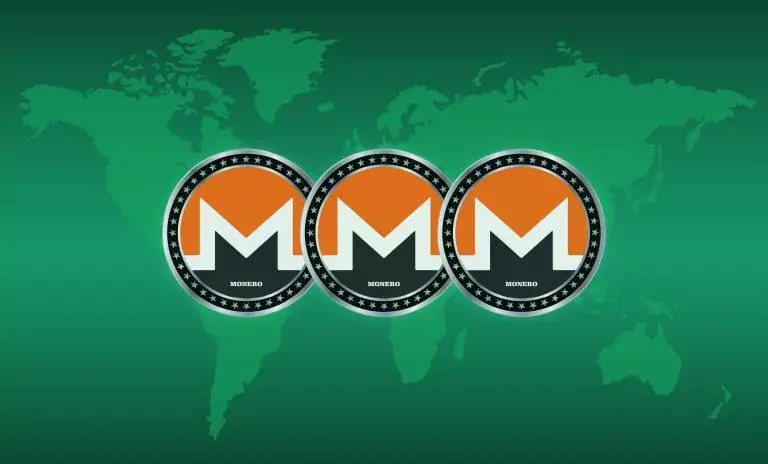Greece has made significant efforts to adopt a tax policy on crypto assets as the use of cryptocurrencies grows globally. In January 2025, the Greek government introduced new tax regulations for cryptocurrency transactions.
27.10.2022

Dash is a cryptocurrency that was launched as a payment method with higher security, better privacy and faster transaction speeds than bitcoin. It has a built-in CoinJoin service that allows users to anonymize transactions.
In 2014, Evan Duffield founded the Xcoin project, later renamed Darkcoin, which was a fork of Litecoin, itself a fork of the bitcoin protocol. In 2015, the project was renamed again and given its true name, DASH.
Duffield claimed to have started developing the project as a hobby, writing the code in just one weekend.
Dash was designed to protect the anonymity of the platform’s users using the X11 algorithm, as well as synchronous delivery of transactions at higher speeds using master nodes.
There are several ways to send Dash – PrivateSend, InstantSend and regular transactions. PrivateSend transactions are untraceable, while InstantSend transactions are processed in seconds at an additional cost.
The Dash network uses a master node system that makes it easy to verify transactions. Masternodes are responsible for PrivateSend and InstantSend payments, as well as network management.
The project has been a huge success, but after three years, Duffield left his post at the end of 2017, handing over control of the protocol to the Dash core group.
How does Dash work?
Dash uses a 2-level network that allows miners and master nodes to work together.
The first layer is supported by miners, who compete with each other to create new blocks and maintain the security of the blockchain. Miners prevent double spending by storing the transaction history of the blockchain. Miners do this by using X11 hashing, which allows transaction blocks to be combined into a chain.
The X11 hashing algorithm was developed by Dash founder Evan Duffield. X11 uses multiple rounds of 11 different hashes: blake, bmw, groestl, jh, keccak, skein, luffa, cubehash, shavite, simd, echo. This structure makes the X11 algorithm the most secure and complex of all modern hashes used in cryptocurrencies.
The second level is under the control of masternodes, which are direct participants in the network that partially take over certain functions of the miners by placing 1000 DASH. Masternodes are assistants to the miners, ordering and verifying transactions.
Advantages and disadvantages of Dash:
Pros:
- Security – over 4500 servers and 200 processing power of TerraHash X11 ASIC validate transactions. Advanced encryption and a strong protocol provide security you can rely on.
- Rapid evolution. Your innovative incentive system has helped the cryptocurrency grow to over 4,000 master nodes since its launch in 2014. This makes it one of the largest peer-to-peer networks and one of the most secure and promising options for 24/7 access to your digital currency, wherever you are.
- Speed – The Dash system uses InstantX. You can access it from your wallet and it will fully process transactions in as little as four seconds.
- Low transaction fees. Most transactions cost a few cents to send. That’s much cheaper than PayPal or Moneygram.
- The first self-administered and self-funded protocol. Another factor that adds value to Dash is that it is open to anyone who can help develop the platform. The cryptocurrency funds its own growth and also ensures that everyone can be held accountable.
- Popularity. You only have to go to BitcoinTalk to see that Dash is one of the most talked about digital currencies. Its development, use and how it differs from its competitors has been clearly explained on the internet.
Cons:
- Disadvantages of anonymity. With the help of certain tools, it is possible to eliminate the mixing of transactions used to mask identity.
- Funding problems. Marketing budgets and resources take precedence over innovation. In the long run, this can lead to a reduction in performance and functionality at the expense of attracting new customers.
- Competition. A quick look at Dash’s history will quickly show that the cryptocurrency market is already challenging, and it is not clear that Dash can hold its own, let alone grow its market capitalisation.
- Coin Limit. This cryptocurrency offers a fixed number of coins – 18,900,000. However, there are actually a lot fewer coins in circulation than it seems. That’s because of the master nodes. Each master node represents 1000 coins. There are thousands of master nodes, which means that a significant number of coins are not available for use.
- In general, the price today may not reflect its value in the future at all. Therefore, it is not easy to decide whether Dash is a good investment.
How many Dash (DASH) coins are in circulation?
At the time of writing, there are 12 104 675, ,31 DASH in circulation, with a total maximum supply of 18 900 000 DASH. This number will not change unless the DASH DAO votes to approve an additional 10% allocation to rewards that were previously reserved for budget proposals.
How to mine Dash Coin?
The Dash blockchain is built on a decentralized ledger that records every transaction. The Proof-of-Stake (PoS) consensus algorithm then secures the blockchain. Miners use computers to solve complex X11 mathematical problems. If they are correct, they can add the block to the blockchain. In return, the miner is rewarded with Dash currency.
Mining requires specialised computers called Application Specific Integrated Circuits (ASICs). They solve PoS problems in the most efficient way.
It should also be noted that mining is not always free, as it often involves significant costs for both electricity and the equipment itself. As a result, many miners refuse to work individually and join mining pools to work together to solve problems.
How is Dash different from Bitcoin?
The main difference between these coins is the mining algorithm used to create new coins. Both cryptocurrencies use different mining algorithms. The algorithm used by Dash is X11, which is based on the Proof-of-Stake (PoS) mechanism. Bitcoin, on the other hand, uses the Proof-of-Work (PoW) algorithm to mine crypto coins that will circulate in the market.
With PoS, we have validators that validate and process transactions and coins are pre-mined, while with PoW, miners mine coins, validate and process transactions.
Dash is a fork of bitcoin, which is why it is so keen to reduce the scalability issues associated with the bitcoin cryptocurrency.
Dash also differs from bitcoin in its governance mechanism. Dash has created a self-financing mechanism in which the rewards generated are shared among stakeholders known as the treasury, master nodes and miners. The share is distributed according to the established terms and conditions.
This takes an enormous amount of time, resulting in a delay in transaction processing, which ultimately results in a high transaction fee.
The average time to mine a DASH block is 2.5 minutes (compared to 10 minutes), and miners only get 45% of the DASH from each block (instead of 100% in the case of bitcoin).
How to buy and where to store DASH?
When you are ready to start investing or transacting with Dash, you can do so on their website by getting an online Dash wallet. There are also many online exchanges that sell Dash. These include Bitfinex, Kraken, Binance, Poloniex and others.
In addition to exchanges, Dash can also be bought on crypto exchanges, where the exchange process is completed in a matter of minutes.
To store cryptocurrency, you can use either your own Dash wallet or those developed by other companies, such as Ledger or Trezor.
Cryptocurrency prospects. DASH Price Forecast
Since the launch of bitcoin, tens of thousands of new cryptocurrencies have appeared, each trying to improve on the functionality of the first. One of them was the Dash cryptocurrency, which features instant transactions and an excellent management system, making it a very good alternative to many large crypto projects.
The key factors that play an important role in Dash and influence its development are:
- The ratio of supply and demand, like any other coin or currency;
- Financial participation and support for decentralised applications;
Dash makes everyday payments easier, especially for those countries where the national currency has begun to crumble.
As you can see, Dash is a very interesting alternative to the fiat money that many analysts say you need to invest your money in. Whether it’s worth listening to them is anyone’s guess, as no one has eliminated the volatility of the coin and you should always be prepared for a sharp rise or fall in the cryptocurrency exchange rate.
However, let’s take a look at some of the top analytics teams’ predictions for the next price of a single Dash coin:
- DigitalCoinPrice says that by 2025 the exchange rate will be $89.43, almost double the current price. But by 2030, the price is predicted to be $66.18.
- WalletInvestor believes that by 2027, Dash will be worth $135.97.
- The Reddit community pays attention to the dependence on the movement of competitors and the mood in the market, while at the same time it was said about the $200 mark in the near future.
- TradingBeasts writes that Dash will approach $133.41 by the end of 2022.
- The long forecast says that the coin will float at $161 in the near future.
Well, some analysts and experts are even predicting a staggering price for Dash, which is obviously hard to imagine now – $2,762. We will soon be able to see if these predictions come true. In the meantime, we wish you a “fresh head” when buying cryptocurrencies and a wise investment of your assets.




